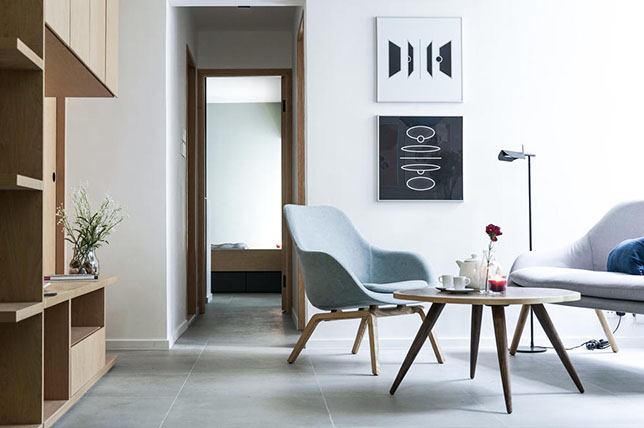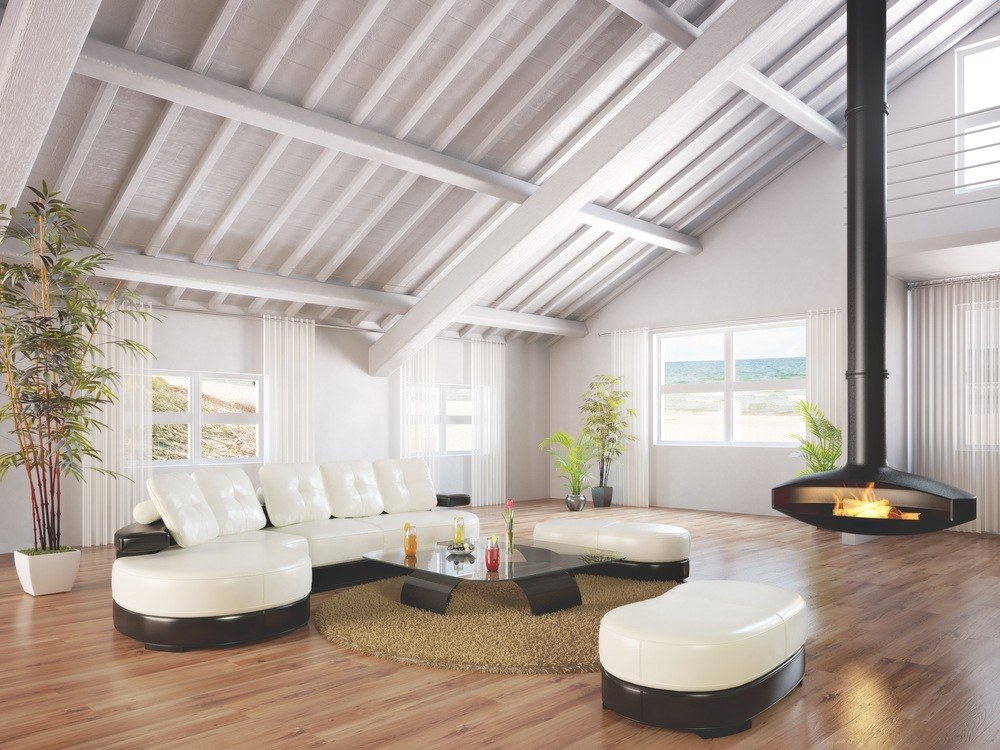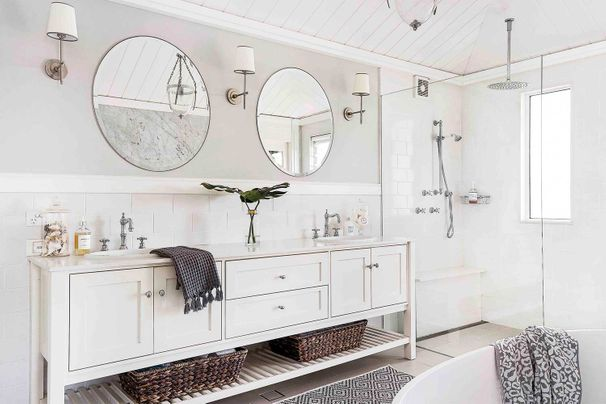2 Unique Home Designs that are Lesser Known in Malaysia
by Lanny Ho
Have you ever seen or heard how interior design experts describe different kinds of unique home designs with words like Contemporary, Industrial, Minimalist, etc and wonder…
What in the world are these people on about?! Well, you’re not alone. The skill to distinguish between different types of design styles (like many other things in life) isn’t exactly something we humans are just born with. And, with an overwhelming amount of unique design styles out there, it can be intimidating to try and learn about them at first. But of course, if you take the time to learn, it is possible that you could even create your own unique dream style.
But what about the terms that interior designers here in Malaysia may not use as often? Are you interested to learn about 2 of these unique styles? Who knows? Maybe you’ll discover an interior design style that just… clicks with you.
Here is a list of 2 Unique Home Designs that are Lesser Known in Malaysia:
Asian Zen

Asian Zen is definitely a term that is more uncommonly used in Malaysia, which can be baffling because well… We’re Asian! It is a design style that integrates unique layers with a minimalist feel. The style utilizes organic materials as furniture and LOTS of natural lighting to achieve a light, airy, and open feeling (as if it’s the ultimate oasis). Visually, Asian Zen strives for balance to promote peace and tranquility in space.
There are a few key features that contribute to the aesthetics of Asian Zen, which are; soothing colours, organic materials, natural lighting, clean lines, minimal clutter, and hidden storage. We’ll explain a little about specific features below.

As the Asian Zen-style strives for tranquility and peace, colours shades and combinations that can calm the mind and soul is essential. Typically, soft neutral colours and white are used for larger elements of the space. To add visual depth to space, darker colours are usually used as accent elements. But that doesn’t mean bright colours are completely out of the question in this style.
To add these brighter elements – think the kind of colours you would notice to be naturally present in nature. For instance, colours of birds, flowers, plants, etc. Ultimately, there shouldn’t be too much colour for this style because less is more.

Asian Zen decor also strives to allow natural light to flow around the spaces. In conditions where this may be difficult to achieve, artificial light can also be used to replicate the effects of natural light. Such as, allowing the option to control the intensity of the light levels in the room – to imitate the way the sun rises and sets. Or, the use of candles can also be a suitable zen light source.
When you saw “minimalist”, you might have thought “oh no! How am I going to arrange my belongings without ruining the look of the rooms?” Fret not, you just have to be realistic. Hidden and optimized storage is another key feature of achieving the Asian Zen aesthetic. You would definitely need an abundance of space to store bits and pieces of things here and there. A good recommendation is built-in storage, which can blend into the space almost seamlessly.
Think of words like, “blending in”, “multi-purpose”, and “clever”. These words can give you the idea of how you can integrate functionality with the aesthetics of Asian Zen decor.
Hamptons Style

We talked about an Asian styled interior, now we’re going to dive into one that is heavily influenced by its Western roots. A Hamptons style interior is one that feels like a breath of fresh air. It is bright, fresh and airy originating from areas near the coastline contributing to its coastal vibes.
It is considered a classic style of interior design inspired by homes from the Long Island regions (known as The Hamptons). And, honestly, it’s about time Malaysians started picking up on this style of interior designing.
A little backstory about this style is that “The Hamptons” is referring to farming and fishing settlements during the times before the mid-to-late 19th century. The homes back then were put together with modest, quality materials to survive the conditions of their location. Examples of these townships were Montauk, Southampton or Sag Habor.
These settlements later became vacation hotspots after the introduction of train tracks in Southampton. As it grew in popularity, the wealth of its people grew alongside their beautiful summer homes that reflect their carefree, coastal style lifestyle. The Hamptons Style has, of course, evolved over the years and is now how we see it today.
Relaxed, bright, whitewashed yet beachy vibe.

The features typically found in the Hamptons Style aesthetics are natural textures, wainscoting, window seats, shaker-style cabinets, quality materials, elegance, and chic outdoor furniture.
Remembering that the Hamptons Style should be bright, airy and light. The colours in the Hamptons style palette are typically whites, neutrals, yellows and greens. A commonly recommended combination these colours would be implementing layering of different shades of coastal blues or pairing warm neutral colours with coastal blues. The classic Hamptons look would be cream colour with hints of black accents or black with hints of bronze or white accents.
Quality and natural textures and materials for the household furniture, tools, and other elements are also a main focus. The use of stone or timber to add the textured look. Others also include leather, linen, cotton or wool. Imagine white or cream walls filled with classic works of art, timber floors with rugs and furniture and the sight of soft greens and teal on homewares that have been carefully curated. Another example of typical Hampton style visual textures are chequered fabrics, pinstripe designs or pink gingham.
Another detail that is crucial to note is the care put into finding ways to light the room. It is important to have a mix of floor and table lamps in order to make sure that the home has multiple sources of lights. Traditionally shaped pendant lights are the commonly suggested lighting aesthetic.
Natural lighting is not as much a focus in this style but instead emphasizes soft lighting that is not too harsh on the interior (which can be caused by direct lighting). Another popular lighting option in this style are sconces and wall lights. A method of the household members to dim the lights for intimate moments or occasions is also a nice touch for this look.
Thanks for reading.

